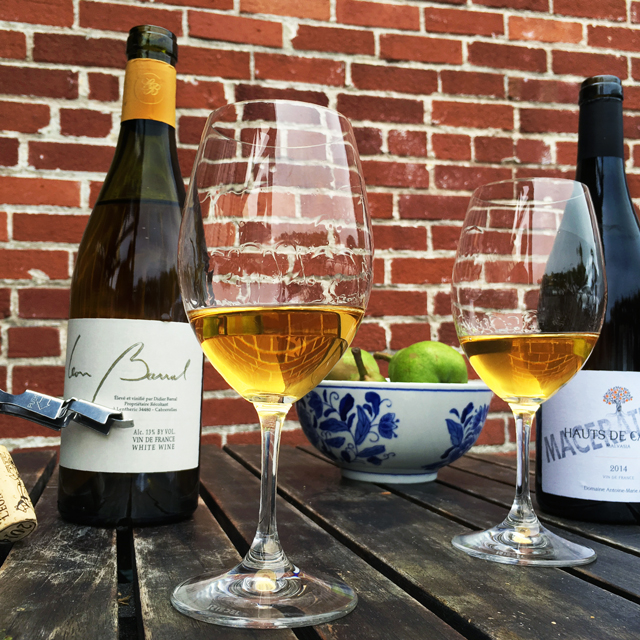How to Drink Orange Wines
Maceration Sampler• Make sure there are no faults – This may seem obvious, but the number of flawed orange wines on the market should keep you on your toes. Producers of skin-fermented whites often tend toward the extreme end of the natural winemaking spectrum, and as many bottle with little or no sulfur, off-aromas are not unheard of. However, skin maceration is no excuse for oxidation, reduction, volatile acidity, or other winemaking faults—give it a sniff to ensure it is clean so you do not waste your time trying to understand a wine that is downright screwed up.
• Give it air – Like red wines, macerated whites possess tannins that may need time to soften. Additionally, unfiltered wines may contain lees (dead yeast cells left over from fermentation) in addition to these tannins—both substances that protect wine from oxygenation, and can favor the development of slightly unpleasant reductive aromas. Fetch a decanter or plan to open the bottle an hour or two beforehand in order to allow the aromas to blossom and let otherwise grippy tannins resolve. Remember, you may even find it tastes best on day two.
• Don’t serve it too cold – Macerated wines are more structured than typical whites, so serving them cold will make their tannins appear hard and astringent. Instead, aim for a cool room temperature.
• Find the right pairing – While these are certainly fascinating wines to analyze and dissect, they are not meant for casual sipping or quaffing by any means. On the other hand, they offer countless opportunities at table: with the weight and structure of a red wine but flavors closer aligned with the white-wine world, they lend themselves to many unexpected and often tricky pairings. Finding the right one could be the difference between a dud bottle and the revelation of your wine life. Here are some suggestions:
° Earthy dishes (bitter greens, mushrooms, root vegetables, etc.)
° Fatty fish and seafood (tuna, salmon, sea urchins)
° Anything with tentacles
° Simply prepared white meats
° Patés and terrines
° Aged cheeses (but not too strong)
We have two macerated whites in stock at the moment:
2014 Vin de France Blanc “Hauts de Carco Maceration” • Antoine-Marie Arena $39.00
2014 Vin de France Blanc • Domaine Léon Barral $48.00
Normally $87.00
SPECIAL 2-PACK SAMPLER PRICE
$78.30
(a 10% discount)
|
This item is not eligible for discounts |
| Wine Type: | other |
| Vintage: | 2014 |
| Bottle Size: | 750mL |
| Producer: | Maceration Sampler |
















